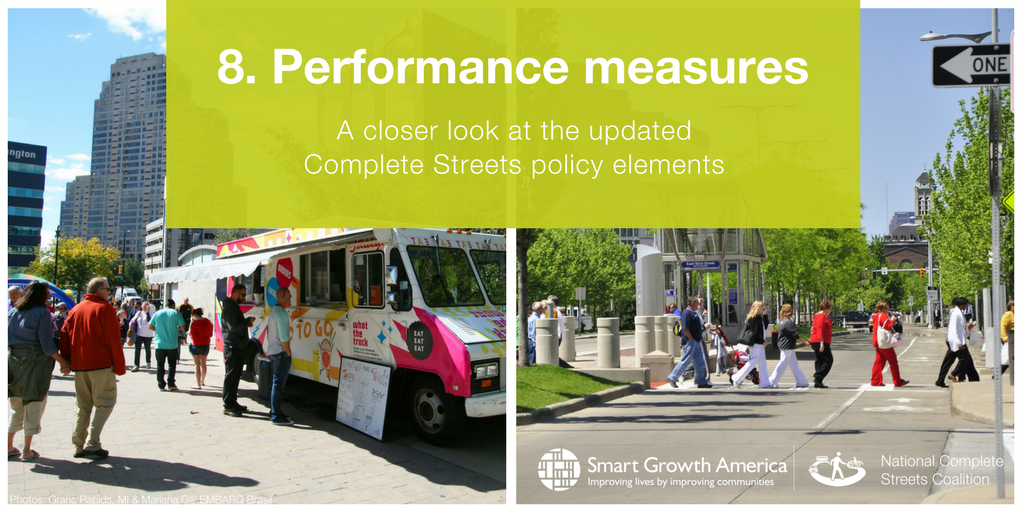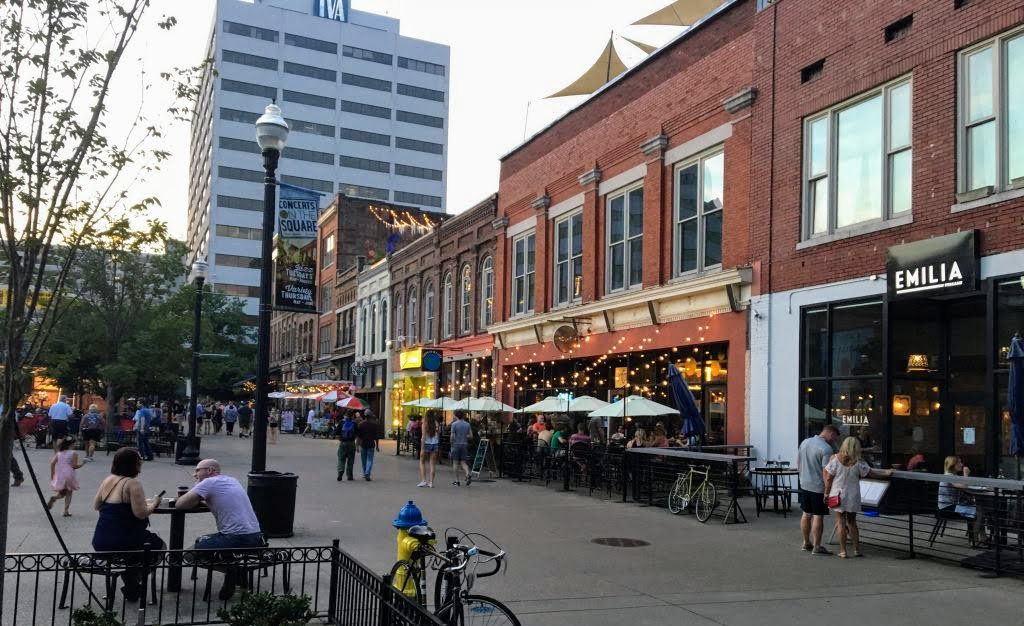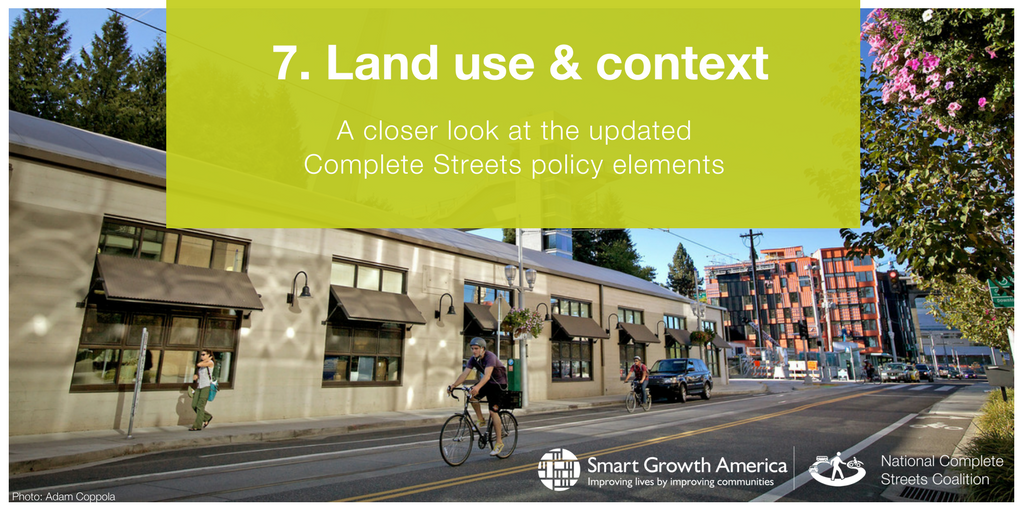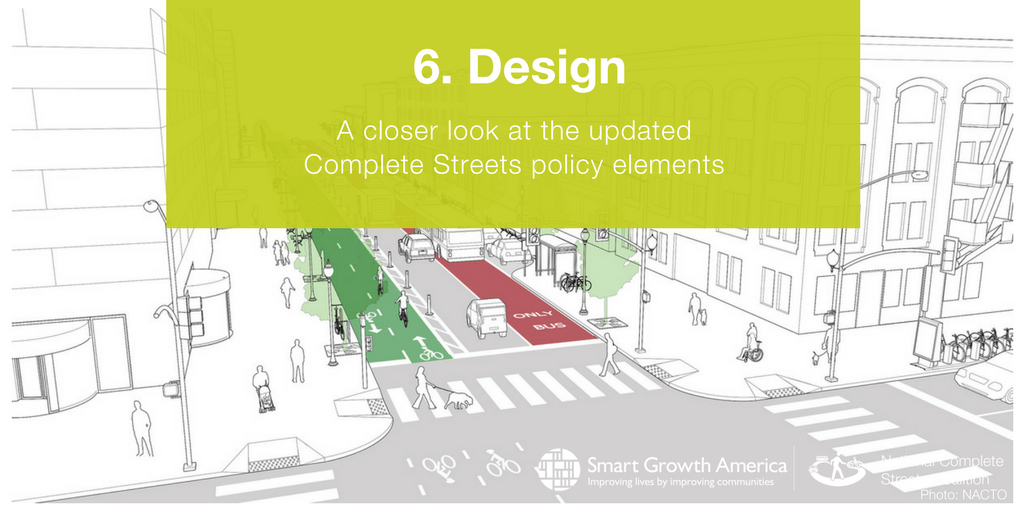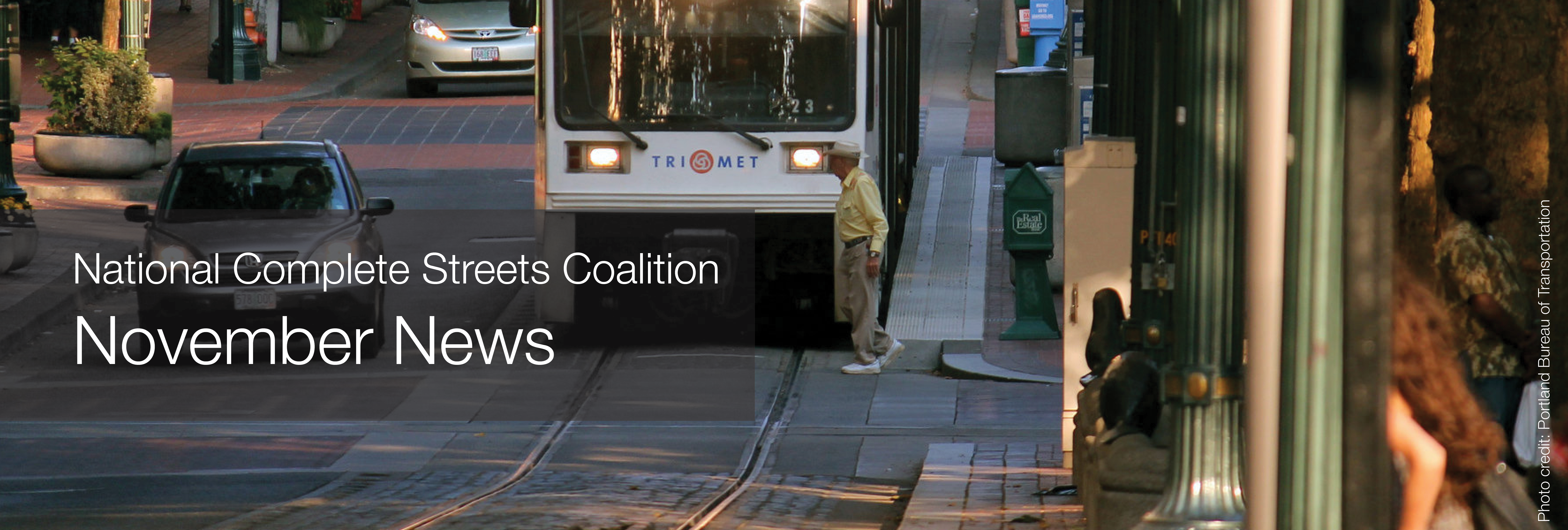Policy #9: Project selection criteria should prioritize active transportation
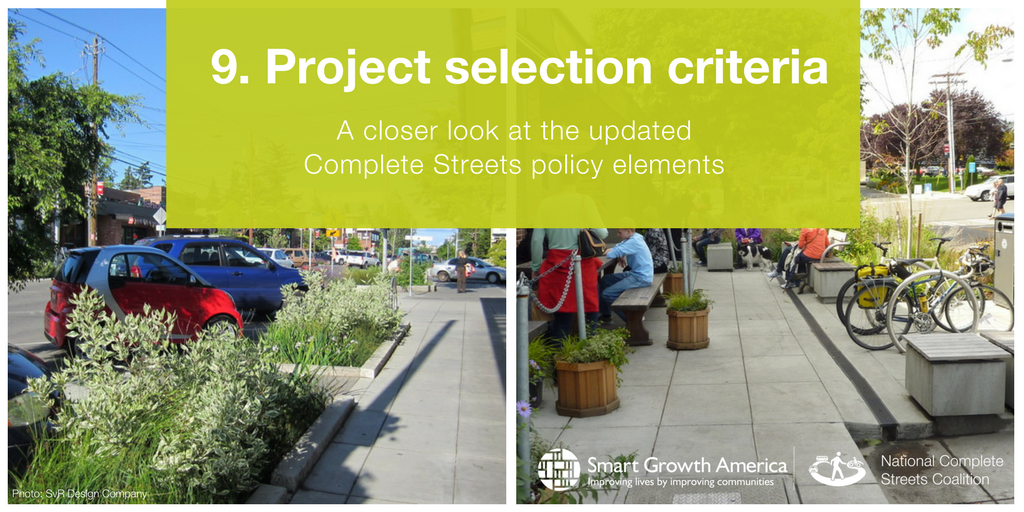
To most effectively implement them, a good Complete Streets policy must be fully integrated into the process for selecting transportation projects. And that process should focus on active transportation projects with a priority on underserved communities in order to reduce health, safety, and economic disparities.

